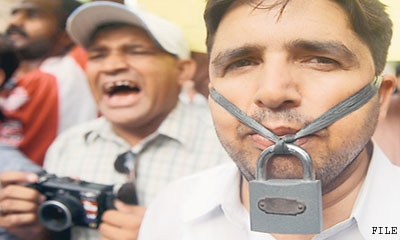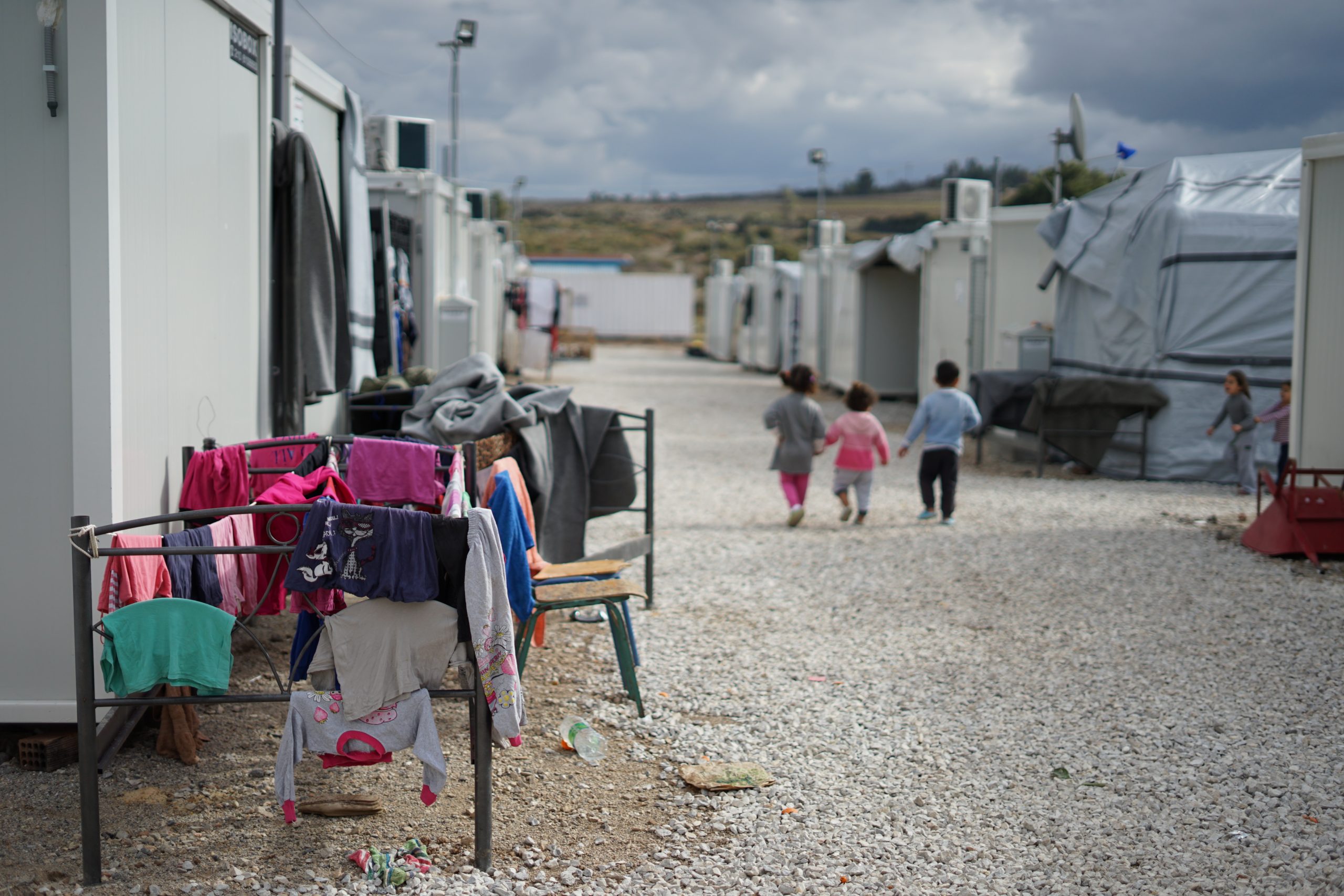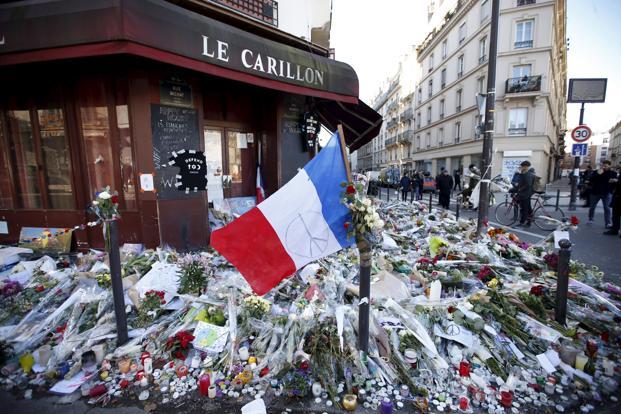By: Faiz Ali Saulat
Countries in Southwest Asia, particularly Pakistan, face extreme problems with corruption, domestic terror groups, a lack of general security within the public, and hostile environments for media coverage. Pakistan is facing a crisis whereby terrorist organizations are silencing the public voice and pressuring the national media to choose biased, over honest, reporting. While journalists attempt to provide accurate and hard-hitting coverage of terrorist activities, fundamentalist groups in Pakistan have taken to silencing journalists, maintaining an uninformed public, and imposing their own agenda on an already weak government authority. As a nation that is ranked as one of the most dangerous places in the world for media coverage, the work of Pakistani journalists is even more imperative as it sheds light on otherwise discrete terror groups. Rather than safely and constructively being able to criticize their own nation, they are relocating, facing threats, and avoiding attempts on their lives. Pakistan must confront this crisis and create a safer environment in which journalists can perform their roles against terrorism, corruption, and other sociopolitical issues plaguing the nation.
The threat journalists face from terror groups, particularly the Tehrik-e-Taliban Pakistan (TTP), is a situation that causes a complex chain of repercussions. As the TTP corner Pakistani journalists, they gain an upper hand in controlling the narrative. They’re not held accountable for their actions, and as a result, gain the opportunity to push their own propaganda in the national media. When such transparency is clouded, Pakistani citizens are left fearful, uninformed, and effectively silenced. Factors such as the imposition of TTP’s agenda, hindered news reporting, and the intimidation of the Pakistani public creates a cycle which further enables terrorism and corruption to exist without any consequences from government authorities, the media, or the public.
Just under a year ago, the TTP, one of the most notorious terror groups in Pakistan, issued a “fatwa,” or religious ruling, against Pakistani journalists based on the notion that the media was biased against the TTP. According to a statement released by the TTP media committee, “when [the media] is already defaming us, we really don’t have much to lose and may as well deal with the media as a party to this war.” The Taliban targets the Pakistani media both through violence and as an agent of propaganda. Their public intimidation factor is so strong that, in some cases, they are seen as a legitimate, far right-wing political force. The reality is that the TTP is attacking media groups that report against them in order to stifle any opposing rhetoric to effectively push its own agenda. As explained by Mushtaq Minhas, an anchor from Aaj News, “[The Taliban] want to dilute the growing state and society narrative against them and want to impose their own narrative.” By including Pakistani journalists to their hit list, the TTP is eliminating any coverage contrary to its desired public image.

The growing death toll of
The growing death toll of journalists in Pakistan is also affecting the general public and any citizen-driven interest groups. A recent movement out of Karachi known as “The Second Floor” or T2F, has given individuals a free, public platform to engage in open dialogue. Unsurprisingly, Sabeen Mahmud, the director of T2F, was assassinated not long after T2F began. Naturally, the Pakistani public is inclined to speak out against TTP and the government’s corruption. Furthermore, the BBC states “…public interest has helped boost the confidence of journalists and their desire to report the news.” However, as the TTP continue their attacks on the media, citizens are also becoming increasingly fearful and, worst of all, silenced despite their inclination to engage in open dialogue. Such fear tactics displayed by TTP can be seen in the aftermath of attempts by the Pakistani judicial system to hold the perpetrators responsible. For the first time in 2011, following the death of journalist Wali Babar, six individuals were convicted and, as a result, all witnesses and authorities involved in the case were subsequently murdered. How can Pakistanis expose the ills of their nation when their voices are only responded to with more violence?
For Pakistan to come to terms with this war on journalism, citizens must urge the government to act against such injustice and the media must not flee from the Taliban’s fear tactics. Pakistan’s judicial system is collapsing as cases are being overlooked for fear of militant retaliation by the Taliban. Journalists in active warzones now are “forced into silence and their reports suffer from self-censorship,” as stated by Dawn news. Fortunately, the Pakistani government is making the initial steps to protect its journalists. In a statement from the NY Times, “Prime Minister Nawaz Sharif of Pakistan promised to improve journalists’ safety and freedom to work.” The Prime Minister continued to explain that they would look more into why murderers of journalists have acted so frequently with impunity. They also plan to expedite the process to recieve a visa for outside journalists to allow more access to and within Pakistan. It is imperative that this policy is adhered to. As a culture of fear, terrorist propaganda, and murder increases in Pakistan, political journalism is seeing a decline in a nation that just may need it the most.
Photo Credit: bbc.co.uk


